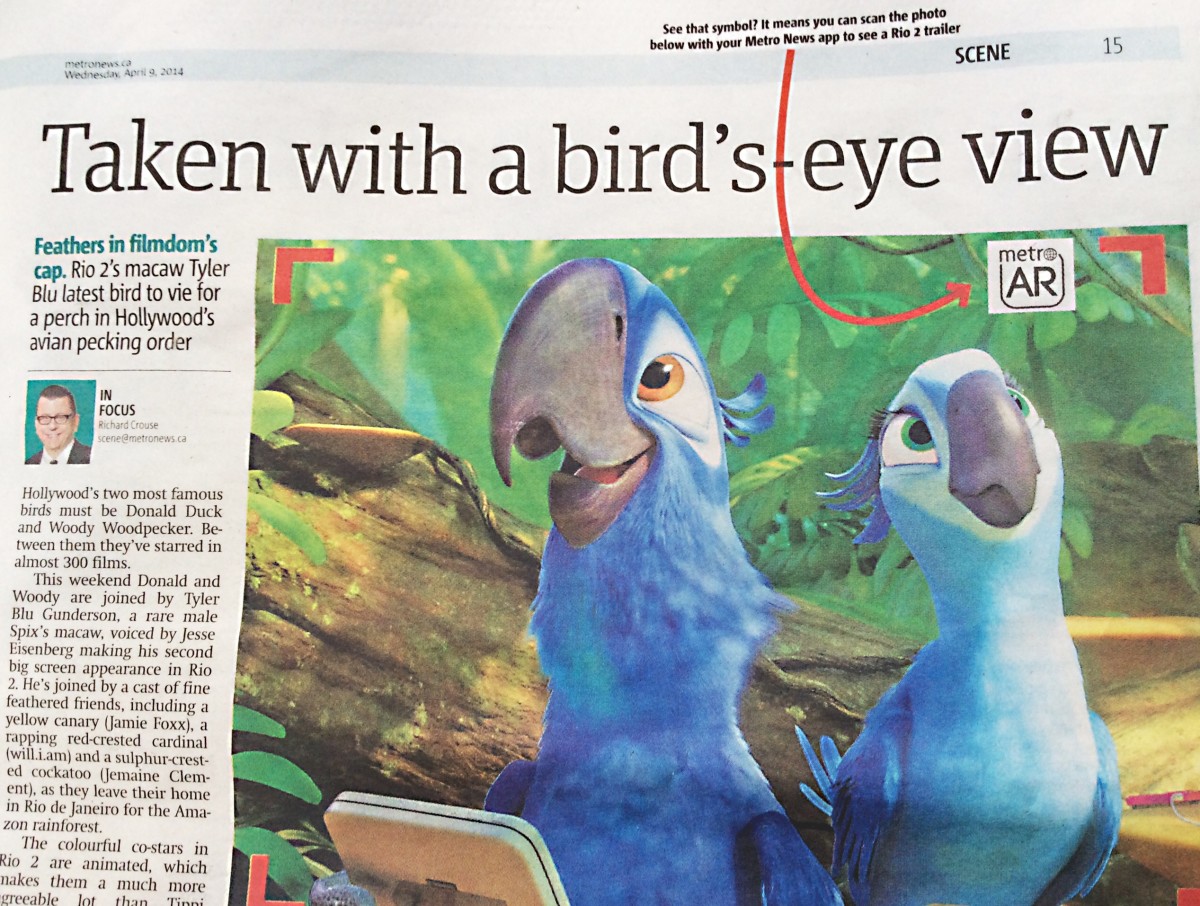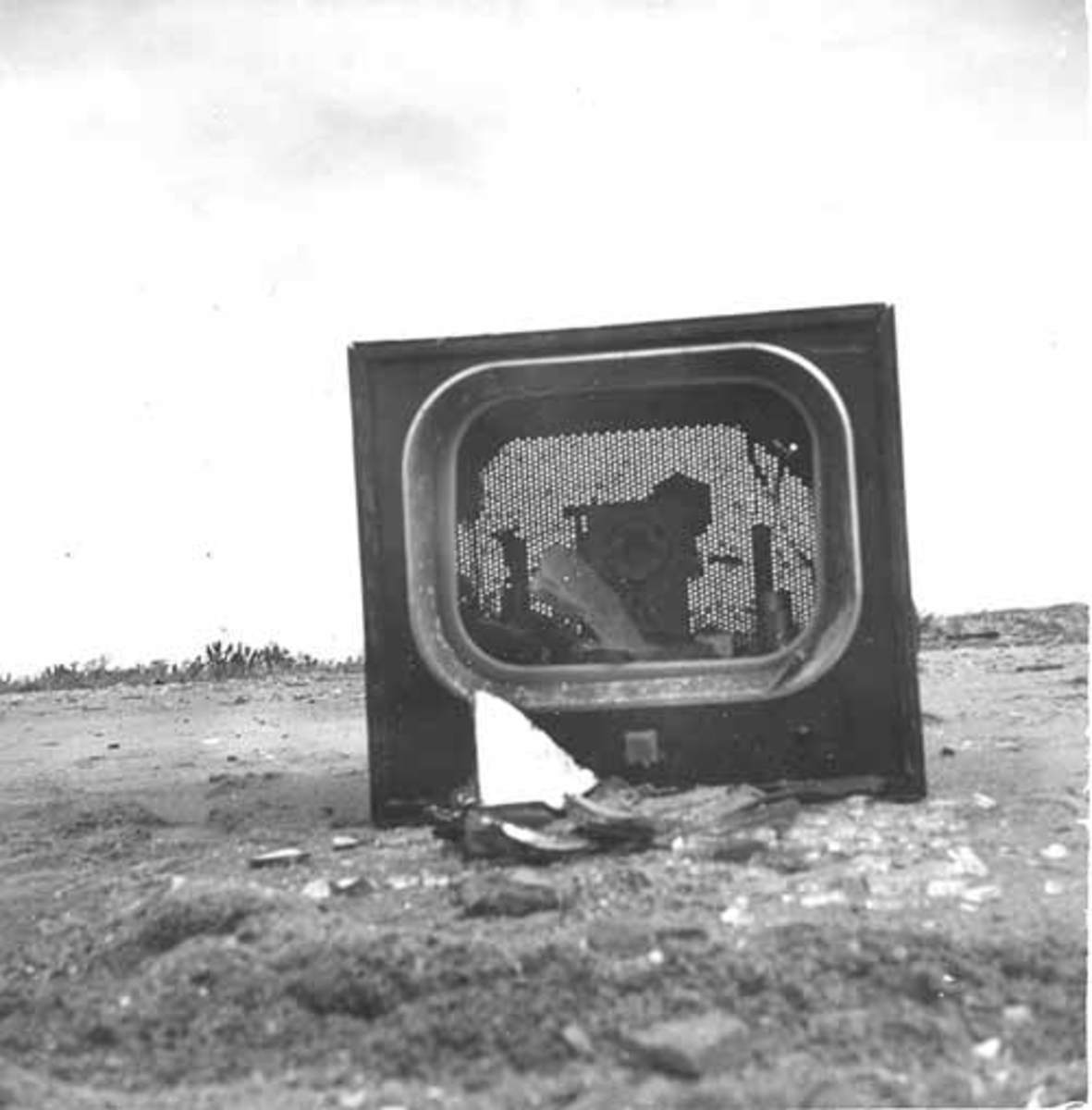How Does Augmented Reality Technology Work?
Introduction
What is augmented reality? For many people, the new technology is still an abstract concept. The perception that augmented reality (AR) is similar to science fiction can be demystified by concepts such as virtual 3D models, animate holograms and interactive displays that already exist and people have interacted with. Real world environments modified by computer generated objects can be witnessed in aviation, gaming and even shopping; perhaps users are just not aware of it.
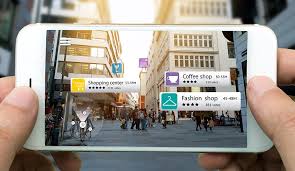
Augmented Reality (AR)
Augmented reality is the integration of graphics and computer displays into the real world environment. Augmented reality technology expands our physical world by adding layers of digital information. The relatively new technology has blurred the lines between computer generated graphics and the real world through the enhancement of the senses of sight, touch, smell and hearing.
Augmented reality (AR) has been described as being near the real world compared to virtual reality through the creation of immersive computer-generated experiences. Virtual reality is different since it creates artificial environments that replace the real world with a virtual environment.
Augmented reality superimposes sound, graphics, smell and haptic feedback to the natural world. The development of augmented reality has found widespread acceptance in video games and smartphones. We are now seeing the imposition of computer-generated graphics in the field of vision enhancing real world experience for groups of people such as tourists and soldiers.
What is Augmented Reality
Augmented reality has been changing the way we view the world, our habits, entertainment, and social life. For example, AR displays in the form of a pair of glasses are superimposing informative graphics on your field of view and even providing audio of your real world view.
Numerous other applications of AR have been developed or are in the process of development and greater adoption is being seen on smartphones through AR apps. AR has great potential for use and can be seen in real time applications such as overlaying scores to live sports events.
Types of Augmented Reality
At present, there are 4 types of augmented reality:
- Markerless AR
- Marker-based AR
- Projection-based AR
- Superimposition-based AR
Markerless AR
Markerless AR is also referred to as position-based or location-based AR and makes use of an accelerometer, a compass, GPS, or gyroscope to generate and provide data relevant to users based on their location.
With the widespread use of smartphones, makerless AR has extensive use for business information in locations near you, to provide maps and directions. Other forms of data and information are business ads, navigation support and events.
Marker-based AR
Marker-based AR is also referred to as image recognition since it requires a camera and a special visual object to scan QR codes and special signs.
The AR device will calculate the orientation and position of a marker to properly position the content. The marker serves to initiate digital animations which users can view such as converting images on a magazine into 3D models.
Projection-based AR
Projection-based AR involves projecting synthetic light onto physical surfaces and it may allow for interaction by users. A good example of projection-based AR is the holograms common in Sci-Fi movies such as Star Wars that aid in user interactions
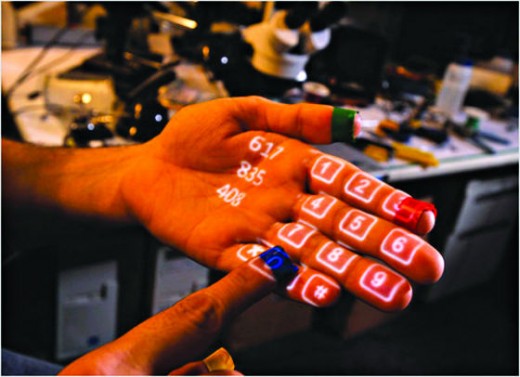
Superimposition-based AR
Superimposition AR replaces an original view with a partially or fully augmented experience. Superimposition AR is not possible without object recognition. The IKEA Catalog App is a good example of this type of AR whereby it allows users to place virtual furniture items on the catalog in their rooms.
How Augmented Reality Works
Augmented reality makes use of a range of data such as animations, images, 3D models, and videos which people view both in natural and synthetic light in the real world. Augmented reality can be displayed on glasses, screens, mobile phones, head-mounted displays and handheld devices.
Augmented reality makes use of technologies such as cameras and sensors; processing power including CPUs, flash memory, GPS, WiFi and RAM; depth tracking, projection, simultaneous localization and mapping (S.L.A.M.); and reflection.
Applications of Augmented Reality
Augmented reality can have pervasive application in everyday activities to complement people’s lifestyles. The technology is being developed and improved everyday as it finds acceptance in different facets of human life.
The most common application of AR is in gaming. The adoption of AR in gaming has improved the experience for users and even promoting active and outgoing lifestyles. Augmented reality has changed gaming from virtual spheres to real life with some calling for gym activity.
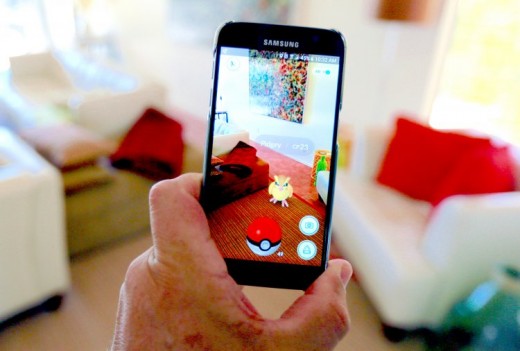
Augmented reality has common use in retail where it brings about better customer engagement and customer retention, improved sales, and better brand awareness. AR has also enabled customers to make wiser purchases through 3D models of product data such as color and size. Real estate is one area that has used AR widely by providing 3D tours of houses, apartments and buildings placed in the market.
Augmented reality has potential for use in other areas including:
- Arts such as visual arts, music, and performances.
- Broadcasting for overlaying of information and content for event streaming and live events.
- Education to provide interactive models for teaching, training, and learning purposes.
- Healthcare to help localize data, monitor, diagnose, and prevent disease; and to train healthcare personnel.
- Industrial applications such as to design, visualize, and model.
- Military for advanced navigation among other real time applications.
- Tourism for navigation, directions and providing location-based data.

